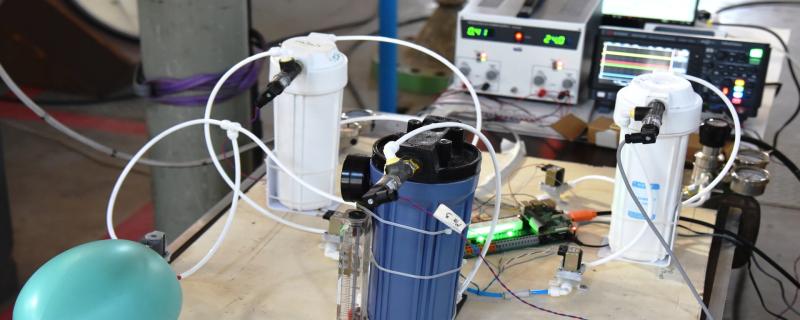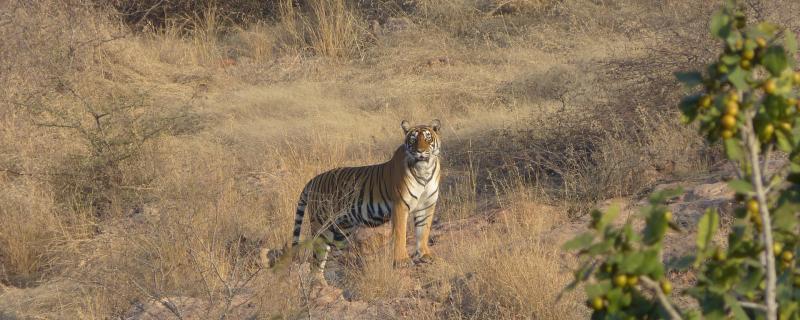To understand an extensive, complex physical system, thinkers break it up into smaller components and try to understand the properties of the most minor microscopic components. This method helps us understand many complicated things around us, and has helped us solve a lot of real-world problems. But it does not help us understand certain phenomena, such as turbulence in fluids. A different way of thinking, a method that considers the physical system as a whole is needed in such cases. This method is called the multiscale analysis.
Researchers have built two-dimensional materials-based transistors and used them to design ultra-low power artificial neuron circuits for autonomous robots.
Mumbai/ Apr 22, 2024










